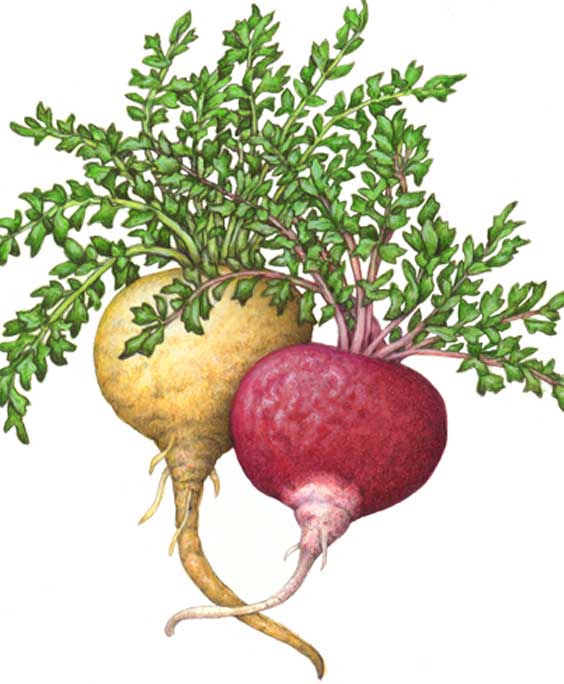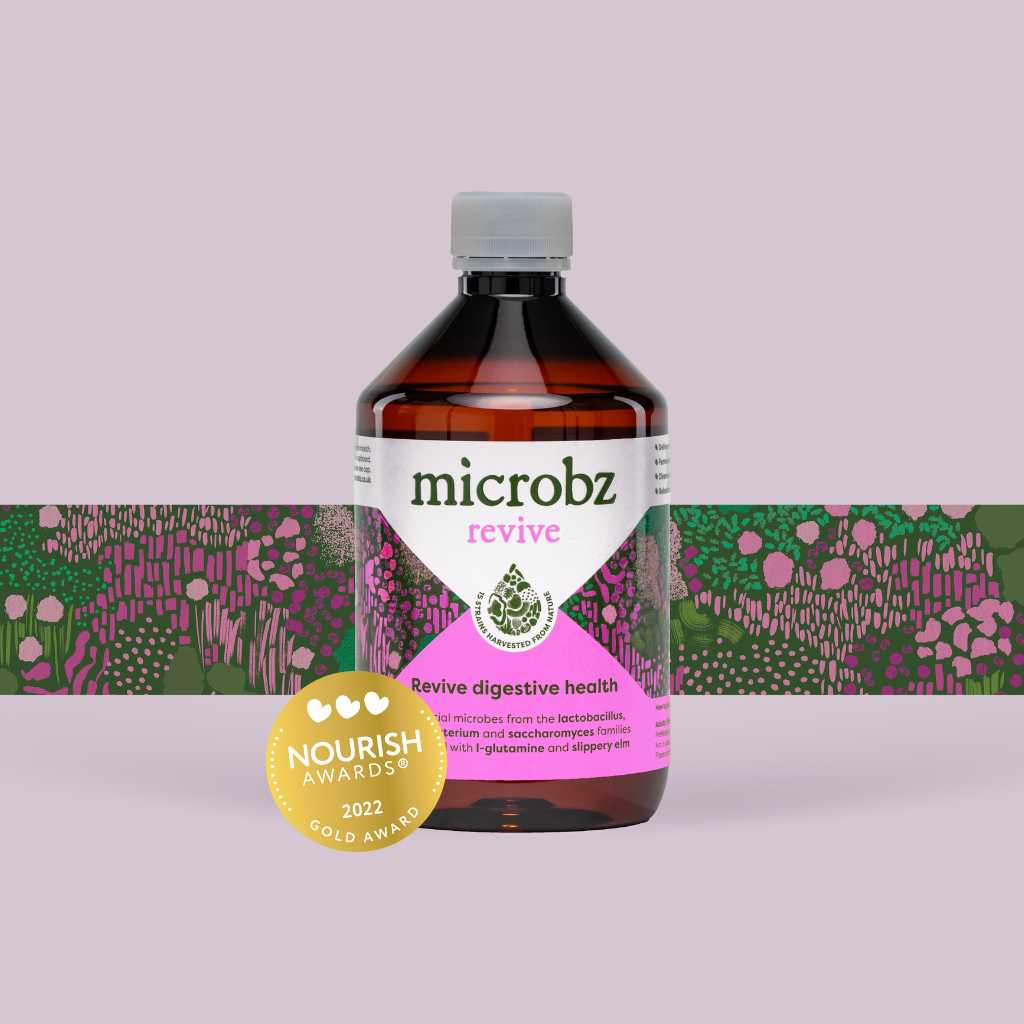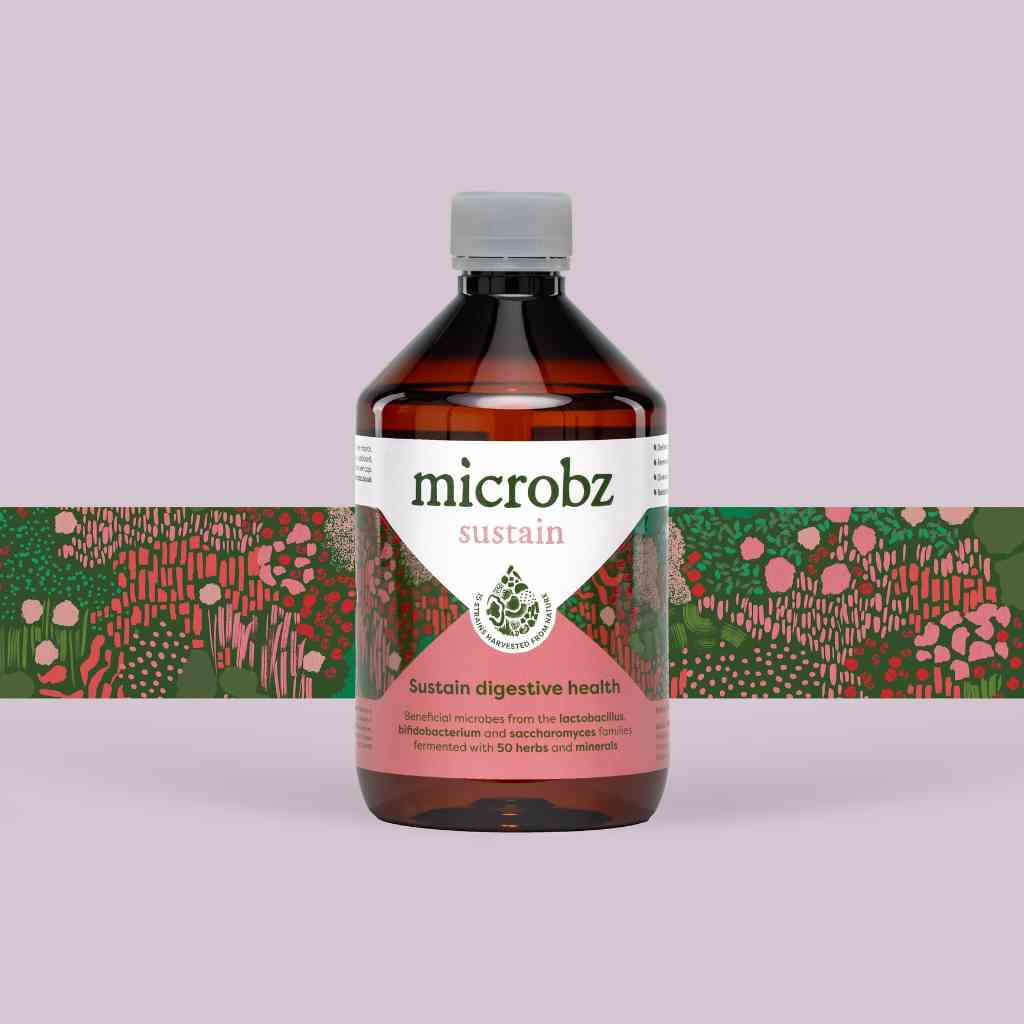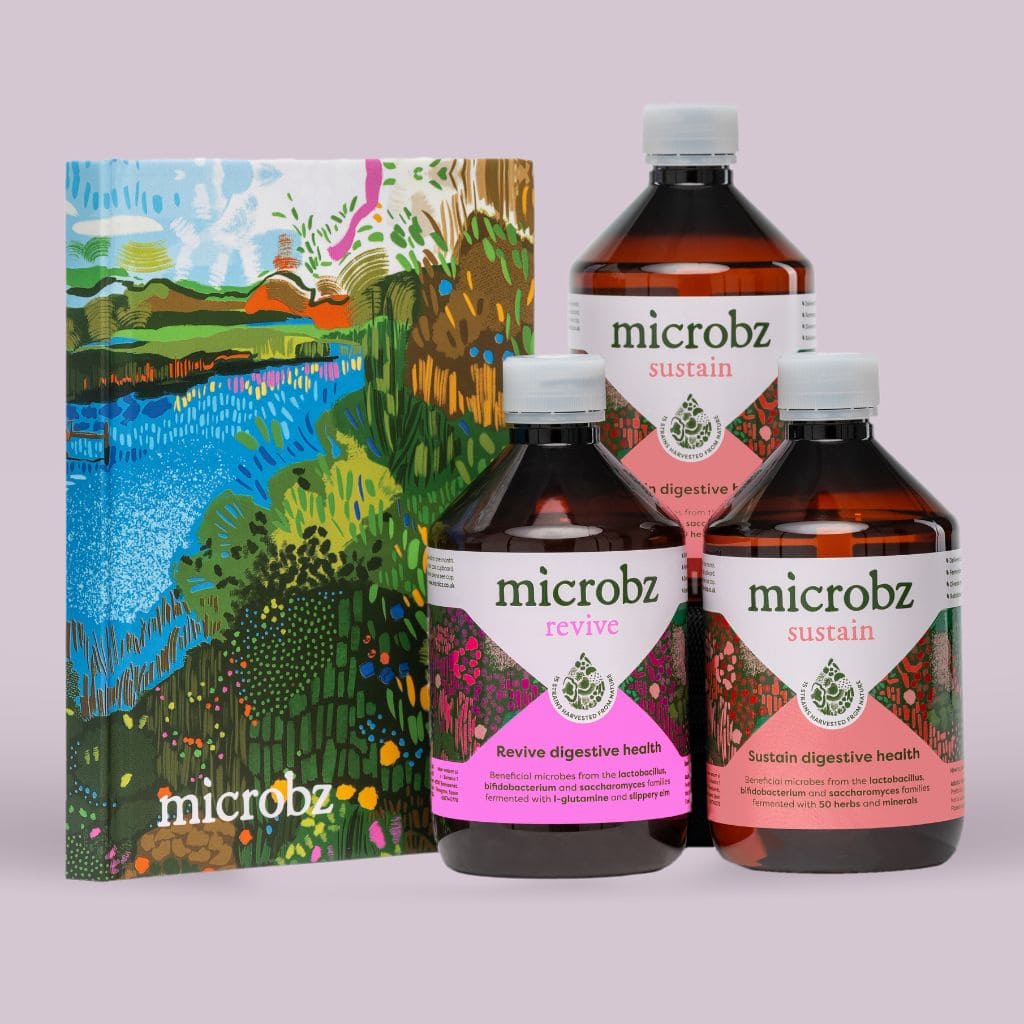History
Parts used:
Roots
Constituents (bio available chemicals):
Alkaloids, Beta-ecdysone, amino acids, saponins, protein, tannins, minerals and vitamins. Plant sterols including beta sitosterol, flavones and flavonoid glycosides.
Nutritional constituents:
Vitamins: B1, B2, C, and E. Minerals: calcium, magnesium, potassium, copper and zinc.
Indications:
Supports the glandular system. Promotes libido and sexual function. Enhances physical strength and endurance. Promotes mental clarity. Supports stamina and buffers the effects of stress; may boost work capacity.
Dosage:
Eaten as a food in South America – added to drinks, biscuits and cakes. A 1500mg dose appears to be as effective as 3000mg dose.




